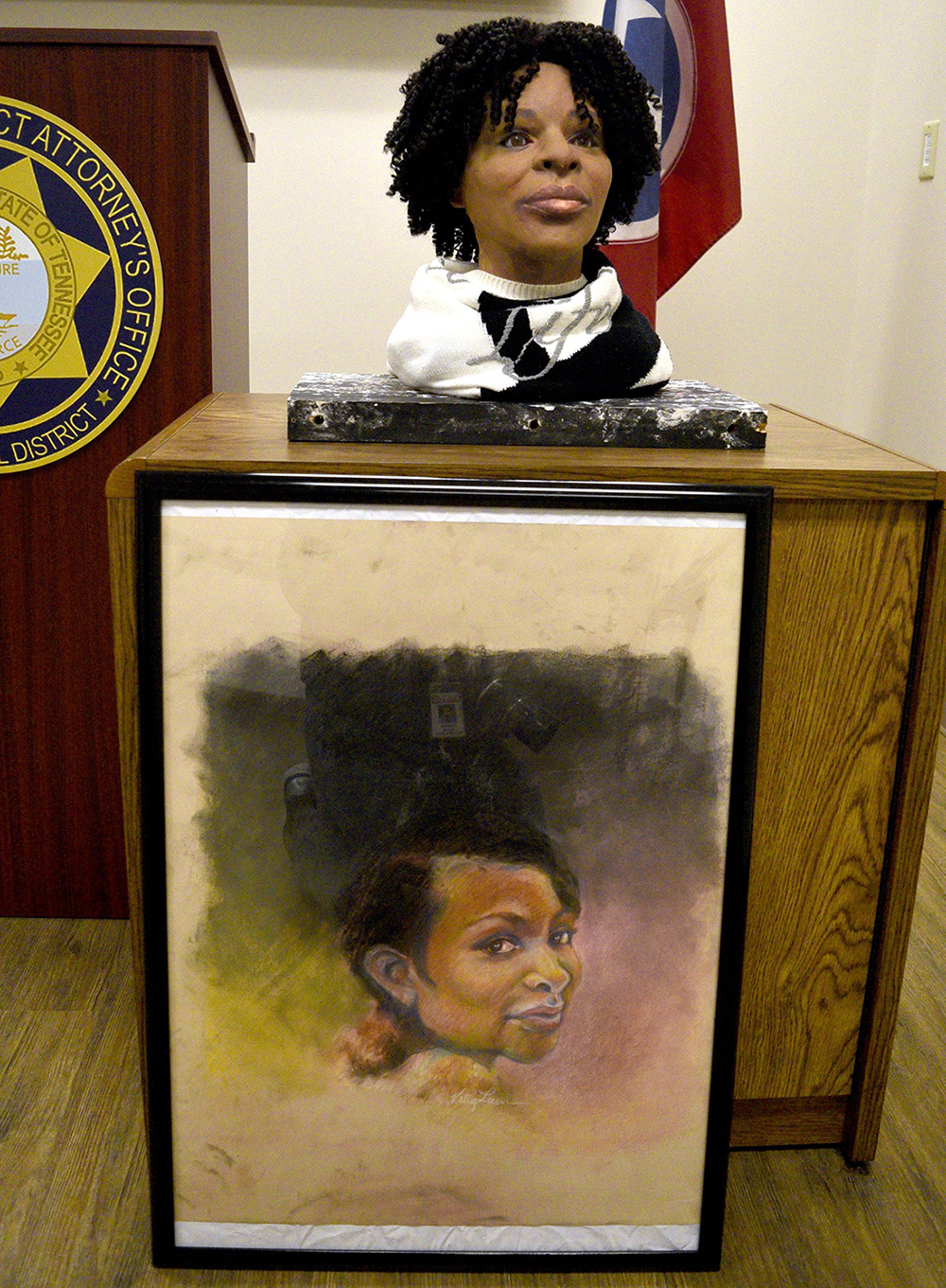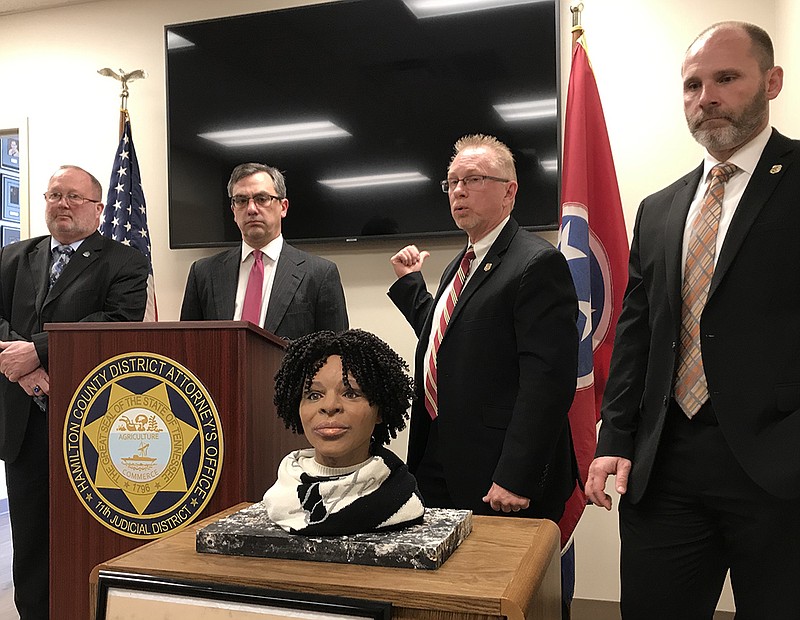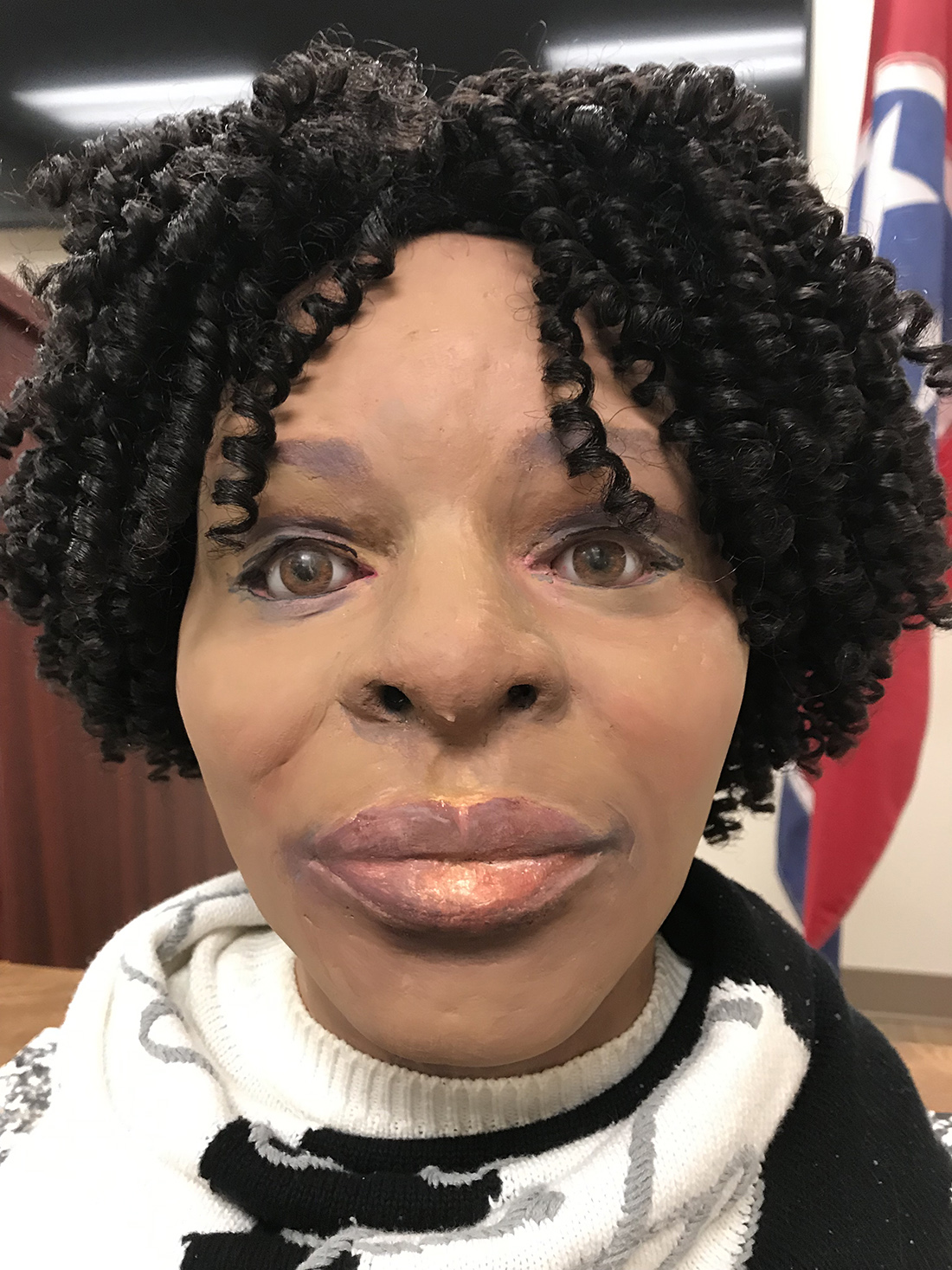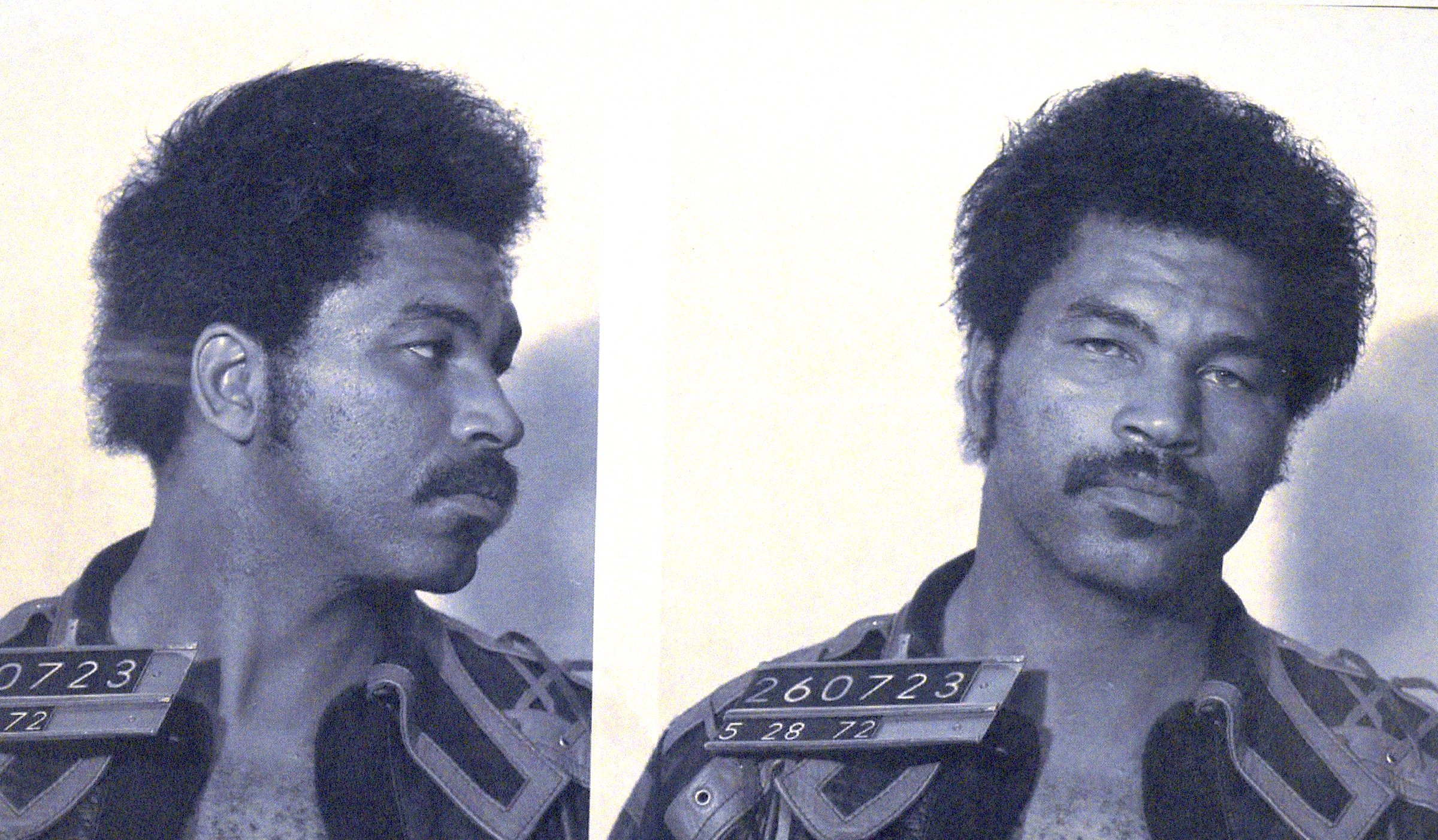Serial killer Samuel Little said he walked into a club on what was then Ninth Street in downtown Chattanooga one night almost 40 years ago, met a woman and agreed to give her a ride home. About an hour later, according to his recent interview with investigators, Little dumped her body off Interstate 24 in North Georgia.
Since the FBI announced Nov. 27 that Little confessed to a killing in the Chattanooga area, local investigators have worked to identify the body of Little's presumed victim. They exhumed her remains from a pauper's grave in Dade County, and a Georgia Bureau of Investigation forensic artist created a facial reconstruction and sketch of what they believe the woman looked like.
But the GBI and Hamilton County's Cold Case Unit are waiting for a breakthrough - namely, a tip from the public.
"We'll listen," said Joe Montgomery, interim GBI special agent in charge, said during a news conference Tuesday to unveil the facial reconstruction. "We'd like to get some closure to this family."
GBI Special Agent Steve Rogers Jr. and Mike Mathis, supervisor of the Hamilton County district attorney's Cold Case Unit, met with Little in December. They said he had a strong memory, but he could not give them many details about the woman. He probably only knew her for about an hour, Mathis said.
Little also could not tell them specifically which club he met the woman in. The killing happened around 1980 or 1981. That's around the same time Ninth Street was renamed Martin Luther King Boulevard.
"We tried talking, describing the area," Mathis said. "He's very detailed. But it's changed so much down there."
 Staff Photo by Robin Rudd/
Pictured is a Georgia Bureau of Investigations's facial reconstruction sculpture, and a portrait, of one of Samuel Little's unknown victims shown at a joint press conference with the GBI and the Hamilton County District Attorney's Cold Case unit. The press conference was held at the Hamilton County District Attorney's Cold Case unit's offices off Bonny Oaks Drive on March 19, 2019.
Staff Photo by Robin Rudd/
Pictured is a Georgia Bureau of Investigations's facial reconstruction sculpture, and a portrait, of one of Samuel Little's unknown victims shown at a joint press conference with the GBI and the Hamilton County District Attorney's Cold Case unit. The press conference was held at the Hamilton County District Attorney's Cold Case unit's offices off Bonny Oaks Drive on March 19, 2019.According to the FBI, Little usually targeted marginalized women - drug addicts or prostitutes. He usually knocked a victim out with a punch and strangled her. Without bullet holes or knife wounds, some investigators at the time concluded the women died from overdoses.
Little told investigators the woman asked for a ride home. He described her as a light-skinned black woman with a large frame, in her early-to-mid-20s. He said he drove her to a secluded area, strangled her and rolled her body down an embankment, according to a press release from Melydia Clewell, a spokeswoman for Hamilton County District Attorney General Neal Pinkston.
Investigators believe the woman Little claims to have killed matches a body found off Interstate 24 in September 1981, near the exit into Wildwood, Georgia. Montgomery estimated the woman had been dead for between six months and a year at the time someone found her remains.
Investigators believe the woman was from the Chattanooga area, Northwest Georgia or Northeast Alabama.
In addition to the facial reconstruction and sketch, the GBI extracted DNA from the victim's skull. As outlined in a Rolling Stone magazine article in August, there have been several high-profile cases in the last couple of years that involved linking DNA evidence from a crime scene to genetic databases created by private companies.
For example, police identified the supposed Golden State Killer through GEDMatch, a free service for people who want to upload their genetic information. The website did not have information on Joseph James DeAngelo, the ex-cop now accused of killing 12 people and raping 45 women. But investigators did match crime scene DNA to that of one of DeAngelo's distant relatives, which eventually led them to the suspect.
Asked how they could use the DNA evidence in this case, Montgomery said, "There's a lot of different things. I'm not sure exactly what we can or can't do right now."
Catching a killer
Mathis said Little traveled around the country, doing odd jobs for money. But he also earned a living through a string of thefts, selling stolen goods on the street.
Little, 78, has run-ins with the law that date back to 1956, according to the FBI. He was arrested in a Kentucky homeless shelter in 2012 and extradited to Los Angeles, where he was wanted on a drug charge. In jail, investigators matched Little's DNA to three California killings from the late 1980s.
He was convicted in 2014 and received three life sentences. Los Angeles police contacted the FBI's Violent Criminal Apprehension Program, which tried to identify serial killers by examining commonalities among a number of cases. Member of the unit believed that Little also may have killed somebody in Odessa, Texas.
Little maintained that he was innocent in the Los Angeles killings. But in exchange for a prison transfer, he agreed to meet with law enforcement. Texas Ranger James Holland began interviewing him in May, and he confessed to 93 killings.
On Tuesday, the FBI said about half of those killings have been linked to local cold cases that seem to match the time frame and location of Little's descriptions.
Investigators from across the country have flown to Texas to meet with Little, hoping to pull together more information on their cold cases. Specifically, they have tried to identify the victims. The effort has included news conferences in Atlanta, Las Vegas, Memphis and Savannah, Georgia, and investigators have asked members of the public to provide tips on missing people from decades ago.
"The whole thing is tough," Montgomery said. "You have an unidentified person that's found over 30 years ago. ... You have very few records that you go on. You have very little evidence. You have no idea who she is, so you can't go back and backtrack her steps."
Contact staff writer Tyler Jett at 423-757-6476 or tjett@timesfreepress.com. Follow him on Twitter @LetsJett.


